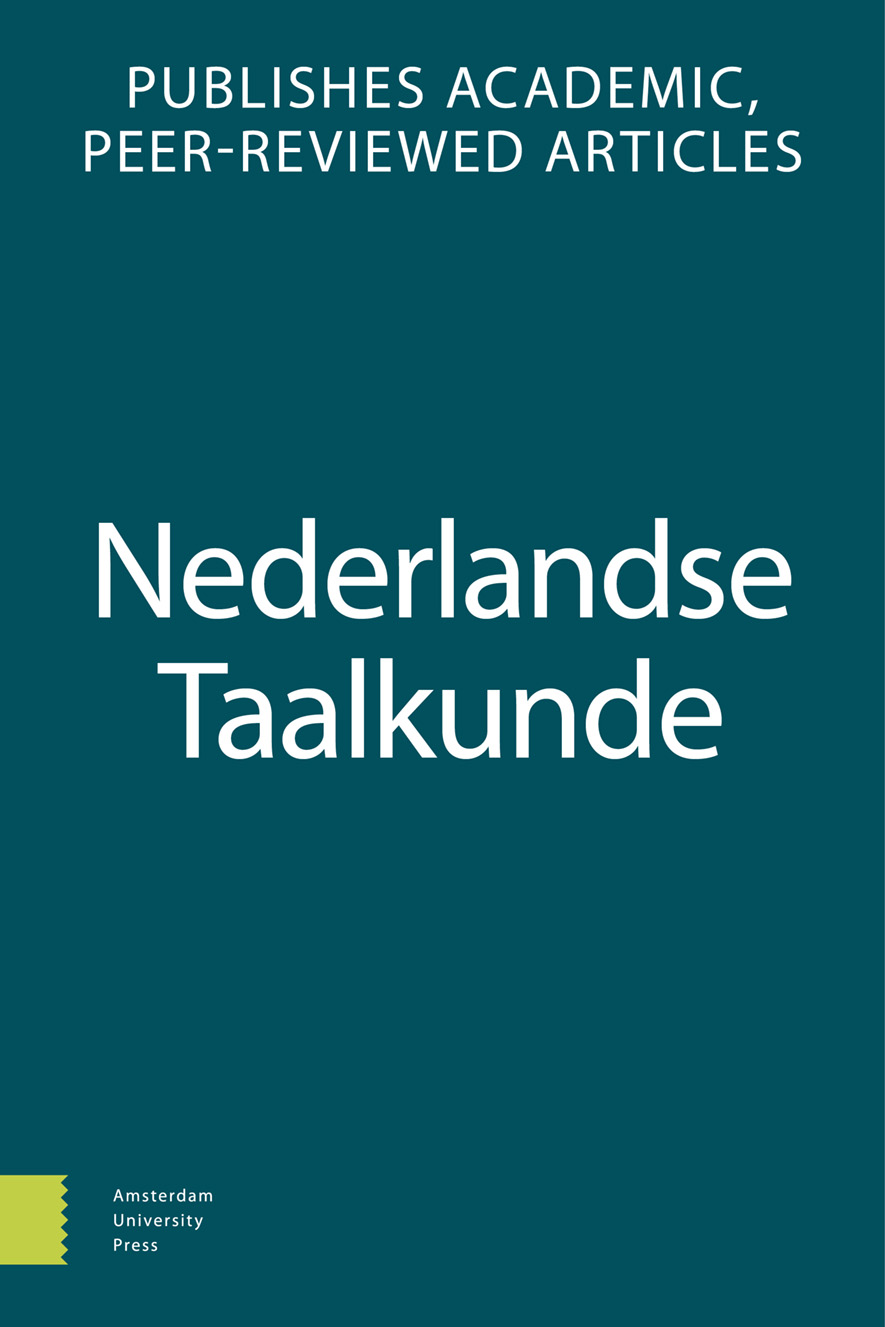-
oa Kwantitatief er en ze
- Amsterdam University Press
- Source: Nederlandse Taalkunde, Volume 22, Issue 2, sep. 2017, p. 163 - 187
- Vorig Artikel
- Inhoudsopgave
- Volgend Artikel
Samenvatting
Quantitative er and ze
This paper reconsiders the syntax of indefinite quantitative er and its definite counterpart ze. Quantitative er ‘there’ is obligatory in Dutch when the only visible element in a nominal group is a numeral. I argue that quantitative er is the pronominalization of a lower projection of the nominal group (DP-low) that contains directly modifying adjectives and complements of N but not relative clauses and PP-adjuncts. Quantitative ze is the pronominalization of a higher projection of the nominal group (DP-high) that contains DP-low and the layers to which PP-adjuncts and relative clauses attach. Both quantitative er and ze are weak pronouns that, like all weak pronouns, move to the left-hand part of the middle field. This analysis explains the parallel syntactic distribution of quantitative er and ze and the differences in modifiability of the two pronouns. New evidence for the claim that quantitative er involves pronominalization, not ellipsis, comes from the obligatory lack of gender agreement between the nominal group and the relative pronoun in an asso-ciated relative clause. New evidence for the parallel analysis of er and ze comes from optional haplology when there are two instances of quantitative ze in one clause.


